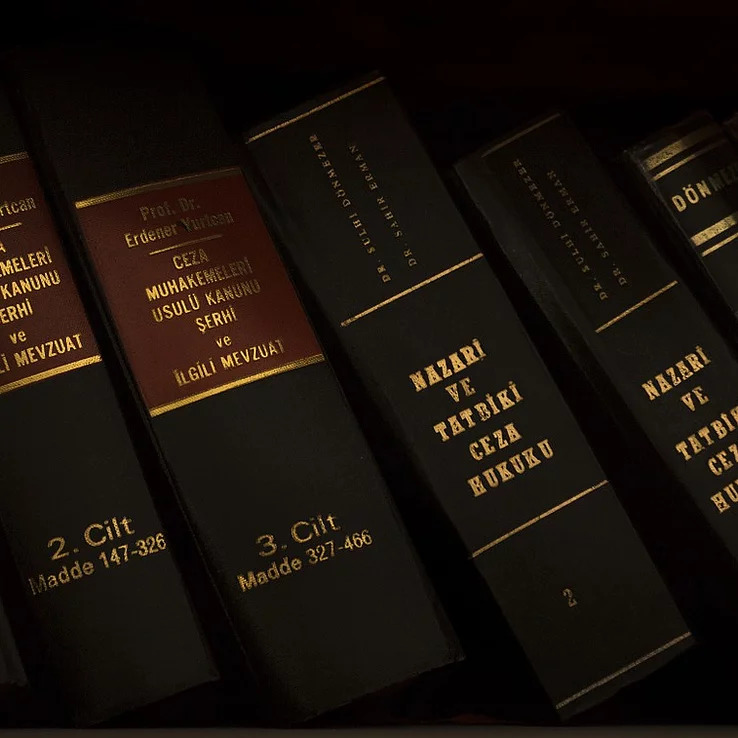
When it comes to the death penalty, the case of machhi singh vs the state of Punjab is crucial to Indian courts. By establishing specific rules for the factors that would be taken into account when determining whether or not a case fits within the purview of the rarest of rare, the three-judge bench in this judgment further bolstered the rarest of rare doctrine.
machhi singh case Facts
- On the evening of August 12, 1977, a string of five incidents in which seventeen persons were killed took place one after the other in five distinct villages in Punjab, India.
- The incidents were planned and carried out by a local guy named Macchi Singh (accused), who had a falling out with Amar Singh (dead) and his sister Piaro Bai (died).
- Amar Singh and his sister Piaro Bai were connected to seventeen individuals who perished and three more who were injured in the occurrences. Macchi Singh and his eleven accomplices were charged in the five-session courts with seventeen counts of murder.
- In every trial, Macchi Singh served as the common defendant. Following the trial, the guilty parties were found guilty and sentenced in accordance with the relevant sections of the Indian Penal Code, 1860. Of the entire number of suspects, Macchi Singh and three others received death sentences, and nine were given life sentences.
- Subsequently, the guilty filed fourteen appeals with the Punjab and Haryana High Court. But the appeals were denied, and the session courts’ imposition of the death penalty was maintained.
- Following their conviction, the convicts petitioned the Supreme Court in 1983 for special leave under article 136 of the indian constitution.
machhi singh case Issues
- Applying the rarest of rare theory established in Bachan Singh v. State of Punjab, should Machhi Singh and the other guilty parties be given the death penalty?
- What standard procedures should be adhered to in order to determine the “rarest of rare cases” formula for capital punishment?
Contentions by the Parties
Petitioner:
- The village in question did not have electricity at that time because it was nighttime. Thus it cannot be said that the lantern’s brightness was sufficient for the eyewitnesses to identify the prisoners.
- Additionally, they contended that the context of the fact that a light lantern was hanging in the courtyard where the victims were resting on the cots must be taken into consideration when evaluating the identification evidence in any given crime.
- They contended that the testimony of the two eyewitnesses, P.W. Amar Singh and P.W. Mohindo, could not be implicitly trusted, and that the remaining evidence was insufficient to convince appellant Machhi Singh of his guilt.
Respondent:
- Since the town does not yet have electricity, its residents are used to seeing things by lantern light. Their vision is restored, and they get used to the situation. As a result, the fact that the occurrence is seen by lantern light rather than artificial light does not impair their ability to see. Thus, there is insufficient evidence to cast doubt on the accused’s ability to commit the crime.
- Since the witnesses knew who the accused were, identification was not a problem.
- In actuality, there was a long-standing family dispute. It was easy to identify the offenders based on their facial features and other characteristics because they had not covered their faces to conceal their identities.
machhi singh case Judgment
- The concept of “rarest or rare”, which was established in the Bachan Singh v. The State of Punjab case, was given a fresh interpretation in the Machhi Singh v. the State of Punjab ruling.
- As per this understanding, the court declared that the basis of society is’ reverence for life’.
- The ‘death sentence in no case’ theory will not bind society if any member of the society kills another member of the society in violation of this belief.
- Second, each and every community member is safeguarded by the community’s protecting arm and the rule of law that it upholds, and they all need to cherish this protection.
- This protection may be taken away in order to execute the offending member if another member of the community is slain and the other members feel that the murderer should die.
- However, this sentence can only be used in the most exceptional circumstances when society as a whole is horrified.
With the goal of giving students the best coaching available for law entrance exams including the CLAT, AILET, and various other numerous state judiciary exams, Jyoti Judiciary Coaching, India’s Finest educational Platform, was established. Come enrol now with Jyoti Judiciary!
For any latest news, legal topics, judiciary exams notifications, patterns, etc watch Jyoti Judiciary’s YouTube channel for legal videos for any updates at https://youtube.com/@jyotijudiciarycoaching4852?si=2cwubh9d2A9urwJf









